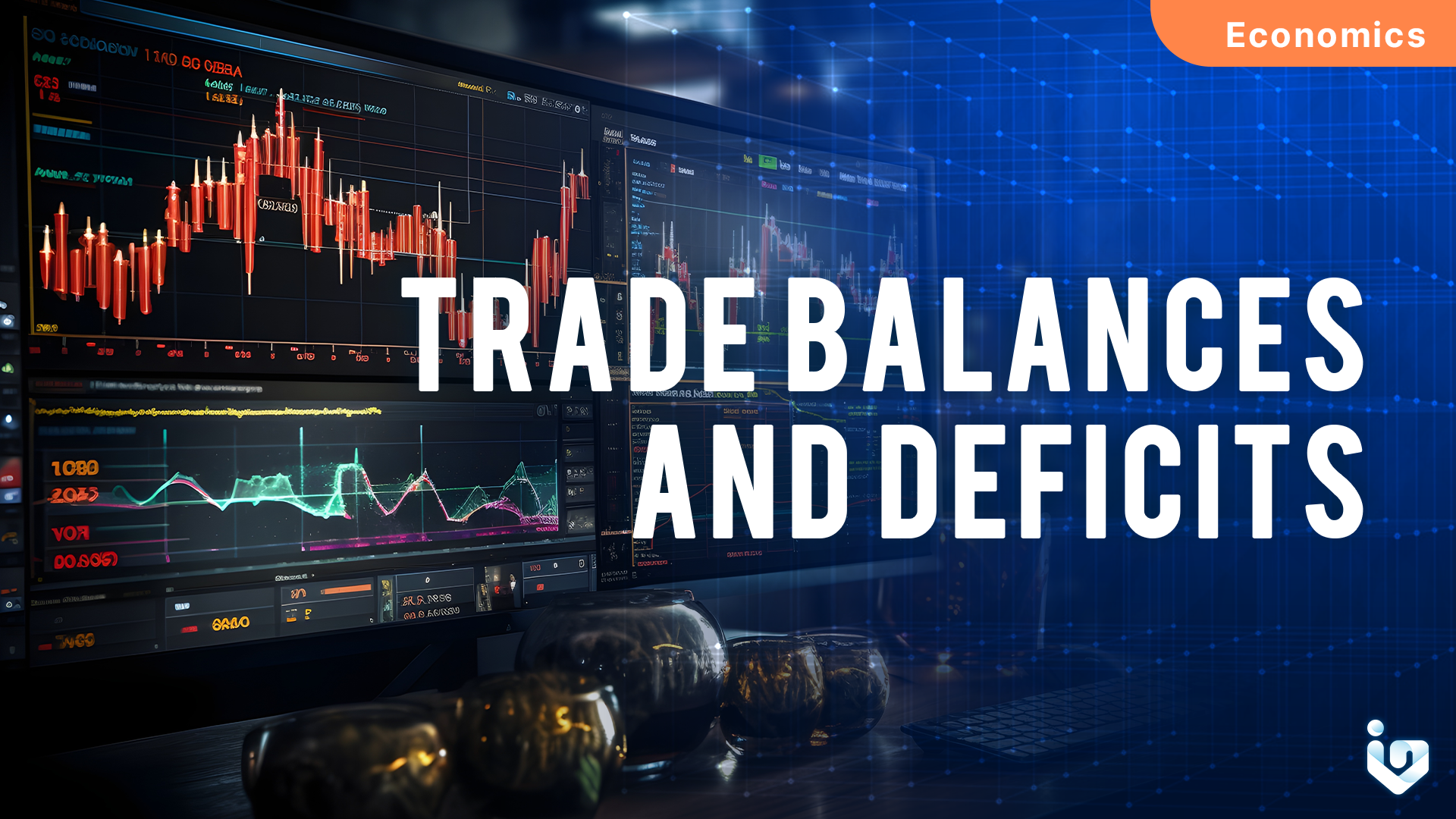Trade balances and deficits are crucial concepts in international economics. They reflect a country’s economic health and its position in global trade. Understanding these terms helps us grasp the complexities of international trade and economic policies.
What is a Trade Balance?
A trade balance is the difference between a country’s exports and imports. When a country exports more than it imports, it has a trade surplus. Conversely, when imports exceed exports, the country experiences a trade deficit. The trade balance is a key indicator of a nation’s economic strength.
Causes of Trade Deficits
Several factors can lead to trade deficits. One primary cause is the difference in savings and investment rates within a country. When a country saves less than it invests, it often imports more to meet its consumption needs. Additionally, currency exchange rates play a significant role. A strong domestic currency makes imports cheaper and exports more expensive. This situation can lead to a trade deficit.
Impact of Trade Deficits
Trade deficits can have both positive and negative impacts. On the positive side, they allow consumers access to a variety of goods and services at lower prices. However, persistent trade deficits can lead to increased foreign debt. This debt can become a burden on the economy. Moreover, trade deficits can affect domestic industries. They may struggle to compete with cheaper imported goods.
Trade Surpluses
A trade surplus occurs when a country exports more than it imports. This situation is often seen as favorable. It indicates a strong economy and competitive industries. Countries with trade surpluses can accumulate foreign reserves. These reserves can be used to stabilize the economy during downturns. However, trade surpluses can also lead to trade tensions. Other countries may view them as unfair trade practices.
Balancing Trade
Balancing trade is a complex task. Governments use various policies to manage trade balances. These policies include tariffs, quotas, and trade agreements. Tariffs are taxes on imported goods. They make imports more expensive and encourage domestic production. Quotas limit the quantity of goods that can be imported. Trade agreements aim to reduce barriers and promote fair trade.
The Role of Exchange Rates
Exchange rates significantly influence trade balances. A weaker domestic currency makes exports cheaper and imports more expensive. This situation can help reduce trade deficits. Conversely, a stronger currency can lead to increased imports and larger trade deficits. Governments and central banks often intervene in currency markets to influence exchange rates.
Case Study: The United States
The United States has experienced significant trade deficits over the years. In 2022, the U.S. trade deficit reached $971.12 billion. This deficit was driven by high imports of consumer goods and capital equipment. The U.S. government has implemented various measures to address the trade deficit. These measures include renegotiating trade agreements and imposing tariffs on certain imports.
Global Trade Imbalances
Trade imbalances are not unique to the United States. Many countries experience trade deficits or surpluses. For example, Germany and China have substantial trade surpluses. These surpluses are driven by strong export industries. On the other hand, countries like the United Kingdom and India often run trade deficits. These imbalances reflect differences in economic structures and trade policies.
The Future of Trade Balances
The future of trade balances will depend on several factors. These include global economic conditions, technological advancements, and trade policies. As economies become more interconnected, managing trade balances will become increasingly complex. Countries will need to adapt to changing economic landscapes and develop strategies to promote sustainable trade.
Conclusion
Trade balances and deficits are essential components of international economics. They provide insights into a country’s economic health and its role in global trade. Understanding these concepts helps us appreciate the complexities of international trade and the challenges of managing trade policies. As the global economy evolves, trade balances will continue to play a crucial role in shaping economic policies and international relations.
